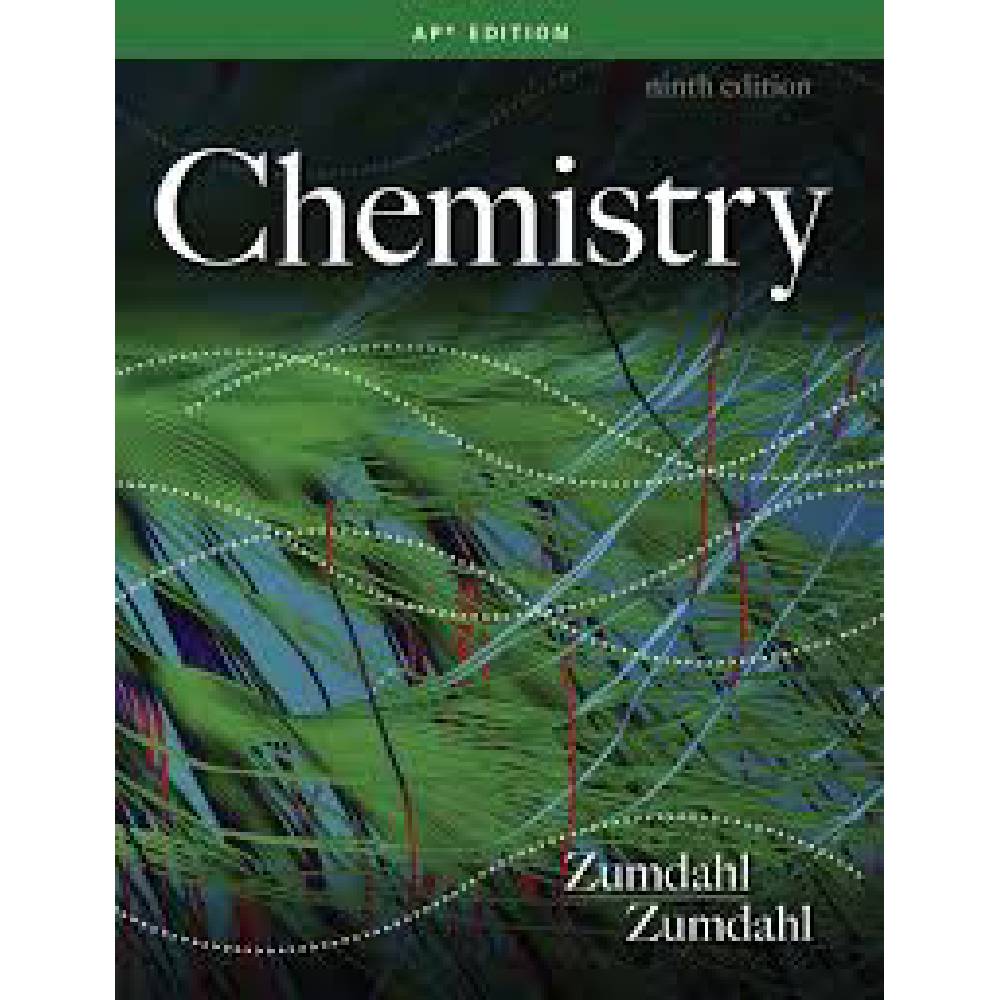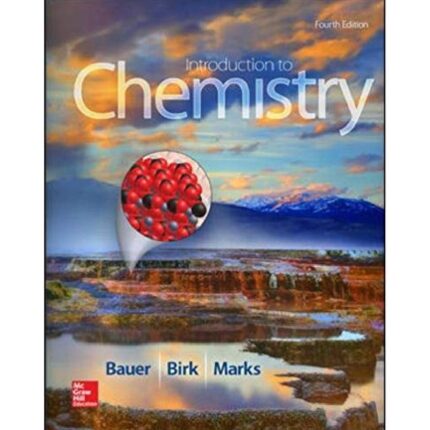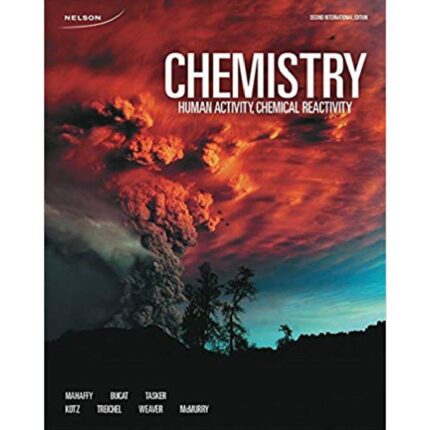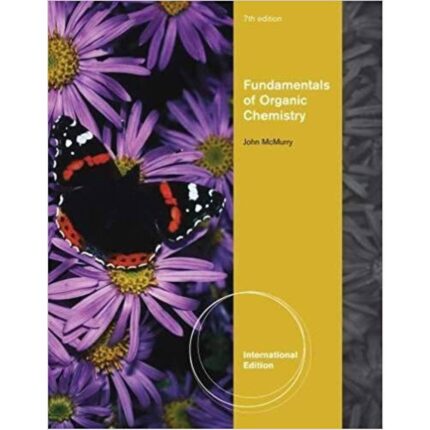Chapter 11: Properties of Solutions
1. In a 0.1 molar solution of NaCl in water, which one of the following will be closest to 0.1?
A) The mole fraction of NaCl.
B) The mass fraction of NaCl.
C) The mass percent of NaCl.
D) The molality of NaCl.
E) All of these are about 0.1.
ANS: D PTS: 1 DIF: Easy REF: 11.1
KEY: Chemistry | general chemistry | solutions | expressing concentration
MSC: Conceptual
2. Which of the following concentration measures will change in value as the temperature of a solution changes?
A) mass percent
B) mole fraction
C) molality
D) molarity
E) all of these
ANS: D PTS: 1 DIF: Easy REF: 11.1
KEY: Chemistry | general chemistry | solutions | expressing concentration
MSC: Conceptual
3. For an acid-base reaction, 1 M Al(OH)3 has a normality of 3 N. This is best explained because:
A) The equivalent mass is three times the molar mass.
B) Each mole contains 3 moles of hydroxide ions that can react with 3 moles of hydrated protons.
C) The mole fraction is equal to 3 when aluminum hydroxide is mixed with water.
D) The normality is always three times stronger than the concentration of a solution.
E) At least two of the above statements are correct.
ANS: B PTS: 1 DIF: Easy REF: 11.1
KEY: Chemistry | general chemistry | solutions | expressing concentration
MSC: Conceptual
4. How many milliliters of 15.7 M H2SO4 are needed to prepare 600.0 mL of 0.10 M H2SO4?
A) 0.26 mL
B) 94 mL
C) 3.8 mL
D) 1.9 mL
E) 4.8 mL
ANS: C PTS: 1 DIF: Easy REF: 11.1
KEY: Chemistry | general chemistry | solutions | expressing concentration | molarity
MSC: Quantitative
5. 1.68 L of an aqueous solution containing 25.00 g of KCl dissolved in pure water is prepared. The molarity of the solution is:
A) 0.200 M
B) 14.9 M
C) 5.01 M
D) 0.399 M
E) 0.0998 M
ANS: A PTS: 1 DIF: Easy REF: 11.1
KEY: Chemistry | general chemistry | solutions | expressing concentration | molarity
MSC: Quantitative
6. What volume of a 0.771 M solution of CaCl2 contains 1.28 g of solute?
A) 66.8 mL
B) 15.0 mL
C) 1.66 mL
D) 8.89 mL
E) 85.0 mL
ANS: B PTS: 1 DIF: Easy REF: 11.1
KEY: Chemistry | general chemistry | solutions | expressing concentration | molarity
MSC: Quantitative
7. Determine the molarity of a solution containing 6.76 g BaCl2 in 750.0 mL of solution.
A) 3.25 10–2 M
B) 2.44 10–2 M
C) 9.01 10–3 M
D) 4.33 10–2 M
E) 9.01 M
ANS: D PTS: 1 DIF: Easy REF: 11.1
KEY: Chemistry | general chemistry | solutions | expressing concentration | molarity
MSC: Quantitative
8. A solution containing 306.5 g of Mg(NO3)2 per liter has a density of 1.114 g/mL. The molarity of the solution is:
A) 2.066 M
B) 1.855 M
C) 6.199 M
D) 2.302 M
E) none of these
ANS: A PTS: 1 DIF: Easy REF: 11.1
KEY: Chemistry | general chemistry | solutions | expressing concentration | molarity
MSC: Quantitative
9. Calculate the molality of C2H5OH in a water solution that is prepared by mixing 50.0 mL of C2H5OH with 112.7 mL of H2O at 20°C. The density of the C2H5OH is 0.789 g/mL at 20°C. (Assume the density of water at this temperature is 1.00 g/mL.)
A) 0.00963 m
B) 0.155 m
C) 0.132 m
D) 7.60 m
E) 9.63 m
ANS: D PTS: 1 DIF: Easy REF: 11.1
KEY: Chemistry | general chemistry | solutions | expressing concentration | molarity
MSC: Quantitative
10. What is the molality of a solution of 30.1 g of propanol (CH3CH2CH2OH) in 152 mL water, if the density of water is 1.00 g/mL?
A) 3.29 m
B) 0.00330 m
C) 0.303 m
D) 0.501 m
E) 5.01 m
ANS: A PTS: 1 DIF: Easy REF: 11.1
KEY: Chemistry | general chemistry | solutions | expressing concentration | molarity
MSC: Quantitative













Reviews
There are no reviews yet.